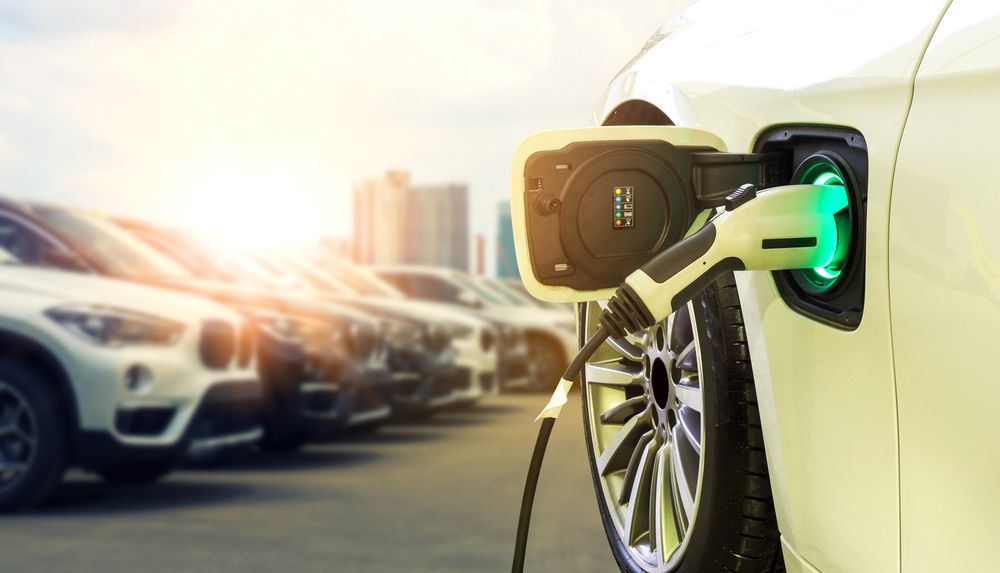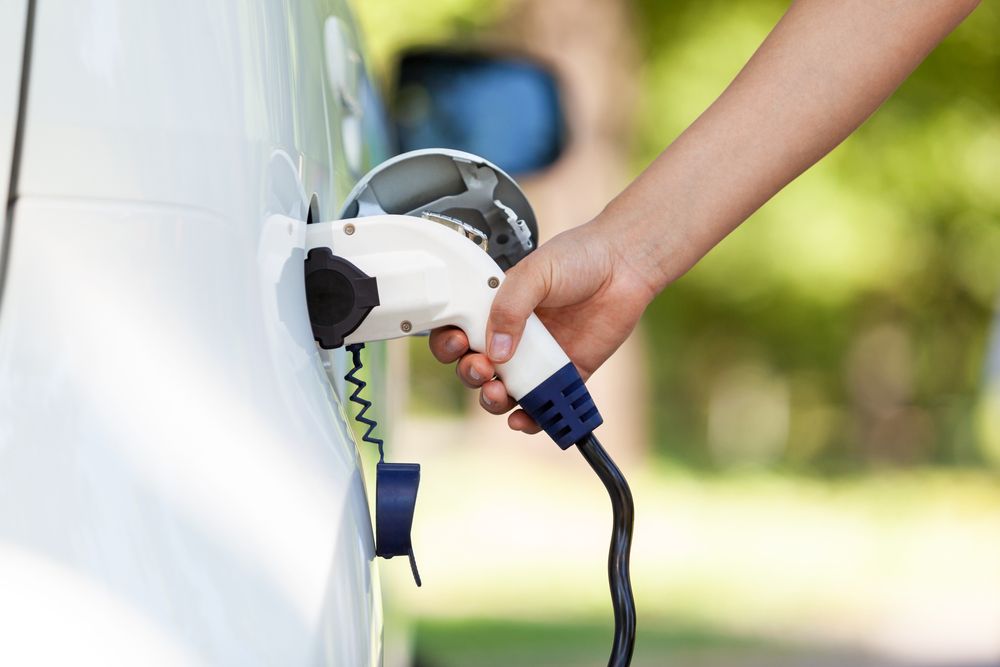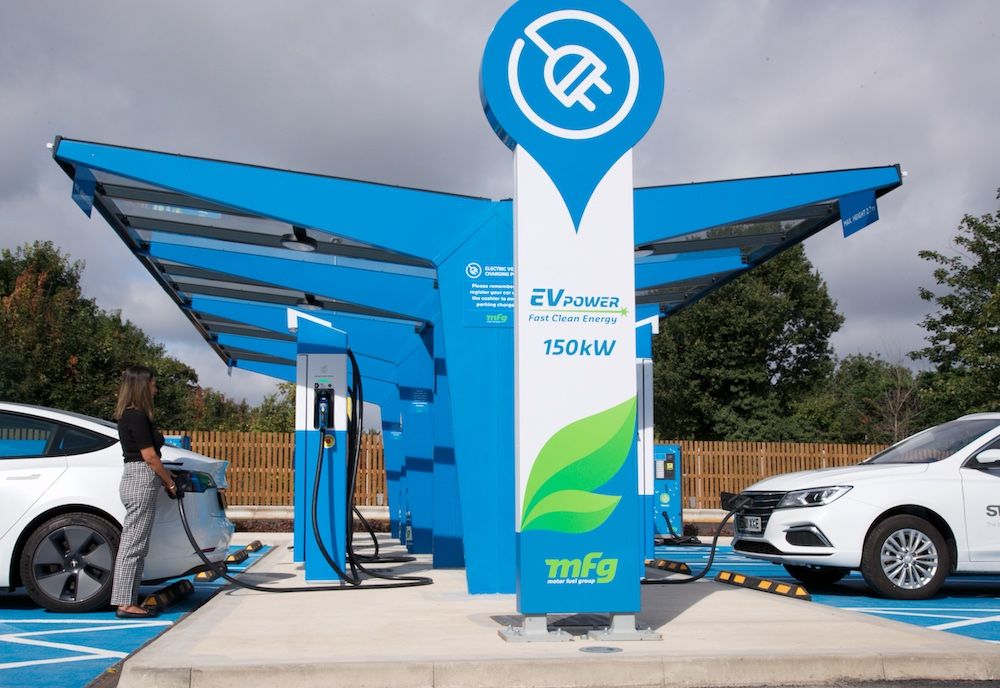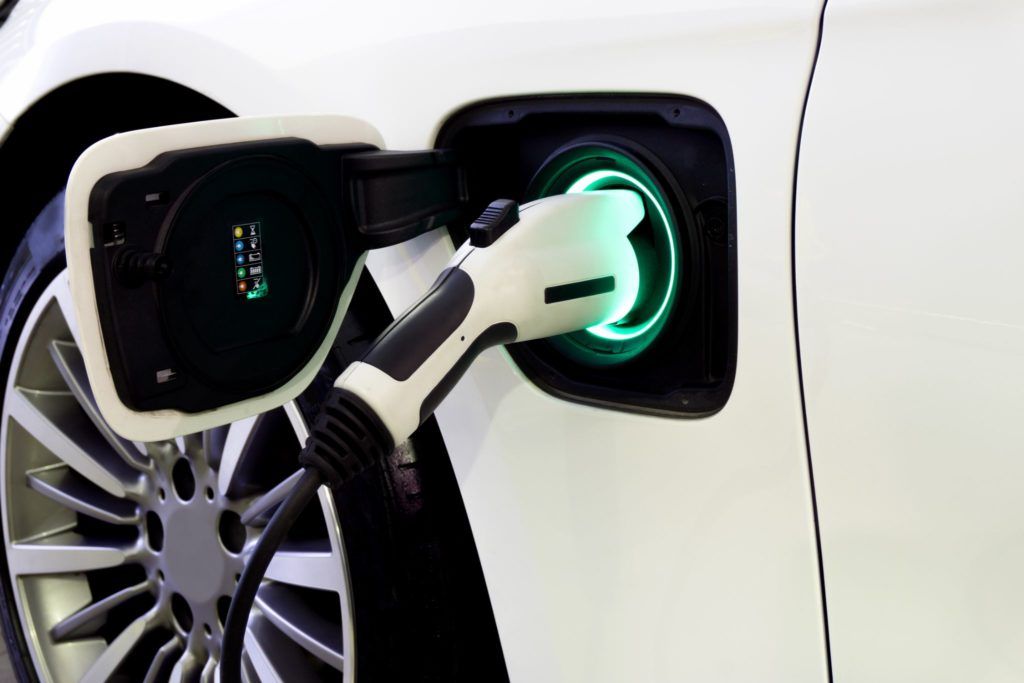Criticism of the growth rate of public EV chargers in the UK compared to the rate of EV sales has been at the forefront of EV news in the opening months of 2023 – but this isn’t the case, as Osprey Charging’s Ian Johnston explains.
The government is facing intense scrutiny, particularly from the opposition, for the lack of progress it is making to enable faster installation of public charge points. The criticism has been centred around the fewer than 9,000 charge points installed in 2022, and they have been labelled as “falling asleep at the wheel”. Going even further, the opposition has claimed the industry will miss the government target of installing 30,000 charge points by 2030 by 30 years.
Whilst last year’s charge point deployment was affected by the supply chain delays suffered globally, I want to assure drivers that deployment of public EV charging infrastructure is now at a greater pace than ever.
This year, the country will see a mass deployment of literally thousands of new public charge points located at reliable hubs across the country. At Osprey, we have already ramped up our output. In two weeks in January alone, we installed more chargers than the first two months of 2022 combined. This has set us on the path of more than doubling the size of our network over the next 12 months.
The UK’s EV drivers now have the choice of several trusted, customer-focused and well-funded UK charging networks who are each deploying these large numbers of rapid charge points on motorways, A roads, retail parks and on residential streets, from the tip of Cornwall up to the Scottish Highlands. It is important that drivers have this freedom of choice which caters to a broad range of consumer requirements.
How we measure the progress being made also requires careful consideration. The UK’s public charging needs will be met by a whole ecosystem of varying speeds, locations and types of service. Simplistic measurements of charging provision such as “public chargers per vehicle” or “public chargers per 100 people” miss crucial differences between regions of the UK. For example, differences in off-street parking, typical mileage driven, and seasonal and through-traffic numbers. Moving away from the assumption that there is a known number of charge points that is “enough” will help to identify the real needs and install the best solutions faster.
Challenges do remain. Charge point operators are working collaboratively with the government to remove barriers and secure permitted development rights, which would help reduce delays to currently complex and sometimes inconsistent legal processes involved in installing public charging. Unblocking key processes will significantly improve the pace at which charge point operators, with hundreds of sites ready to go, can deploy the large numbers of public chargers needed across the UK.
Osprey is (at the time of writing) developing 38 new high-power charging hubs on major transport routes, with multiple super-fast chargers in each location.
Ian Johnston, CEO, Osprey Charging














